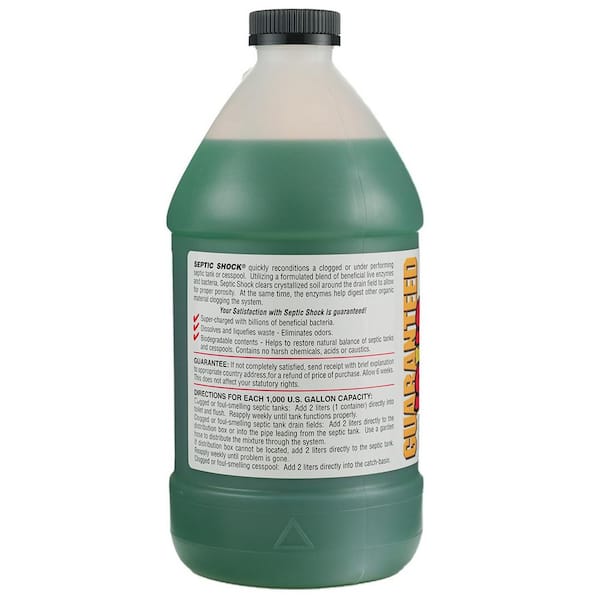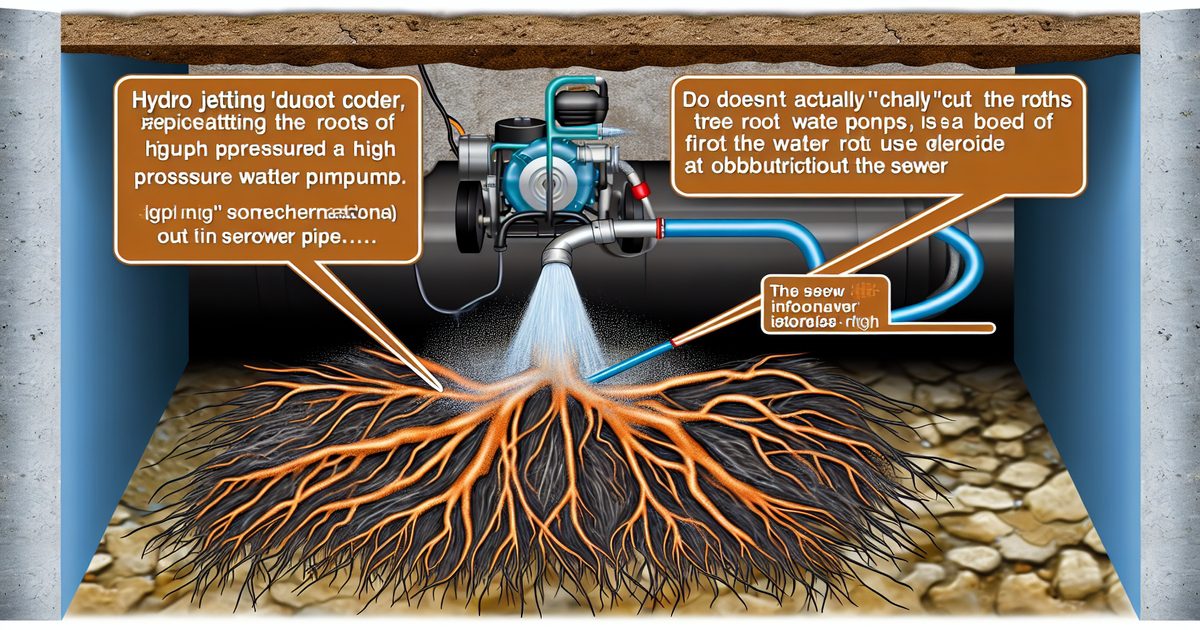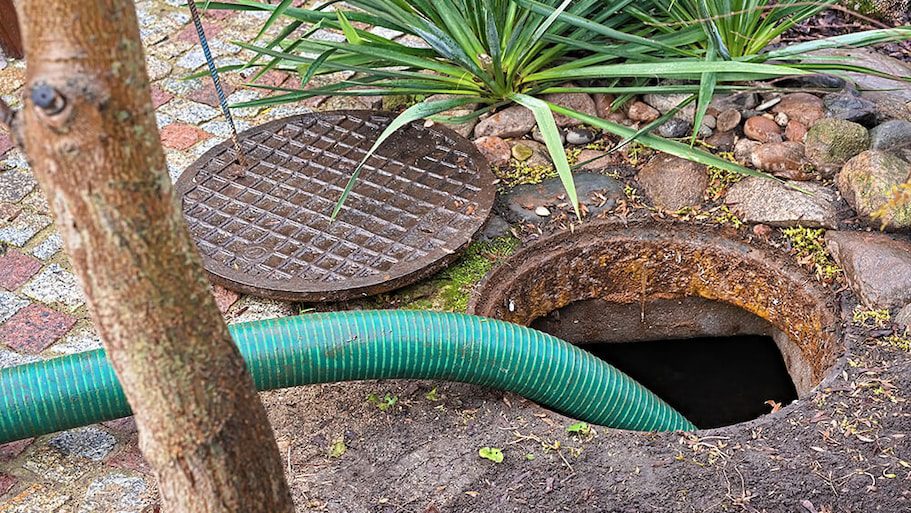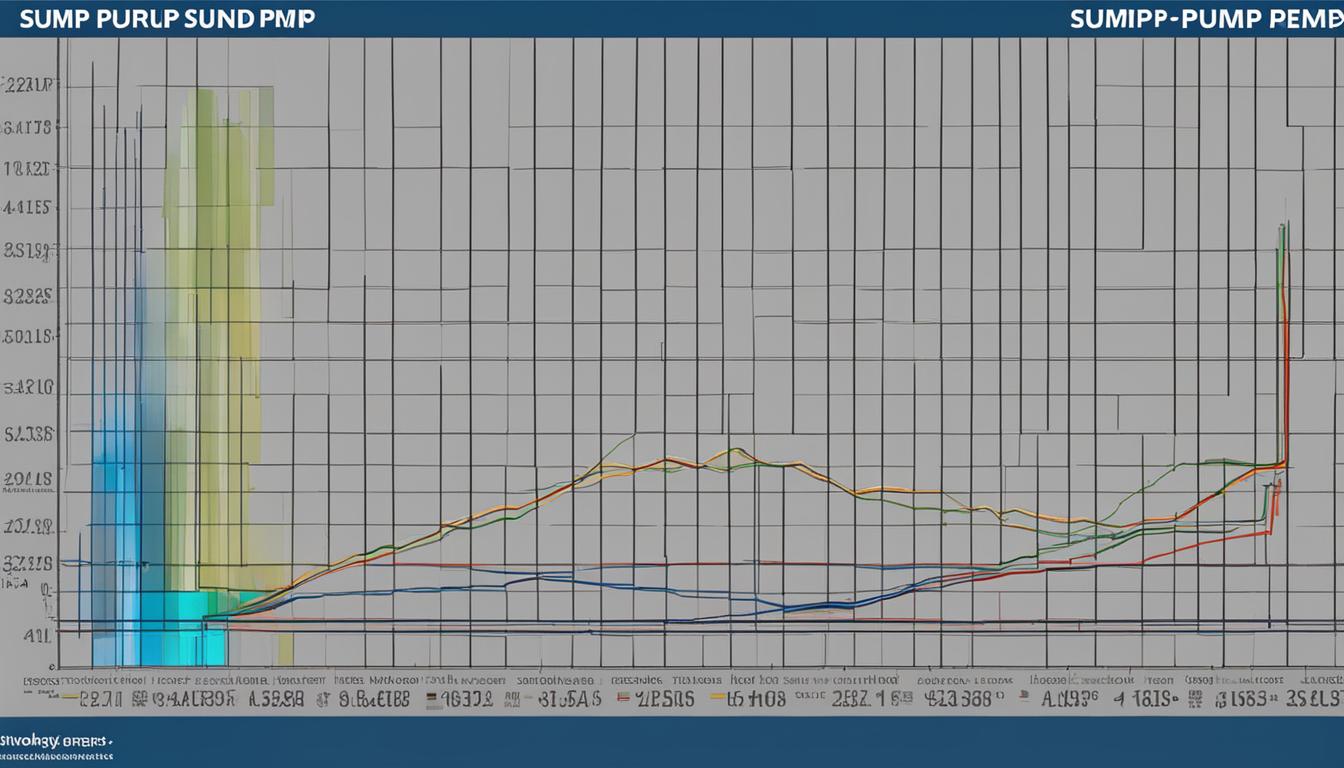To add bacteria to a septic tank, purchase a septic tank bacteria product and follow the instructions for dosage and application. When it comes to maintaining the health and efficiency of your septic tank system, adding bacteria is a crucial step.
Bacteria help break down solid waste and prevent the accumulation of harmful toxins in your tank, ensuring that it functions properly. By following a few simple steps, you can easily introduce beneficial bacteria to your septic tank and keep it operating at its best.
We will guide you on how to add bacteria to your septic tank effectively and efficiently. Taking these proactive measures will help prevent costly repairs and ensure the longevity of your septic system. So, let’s get started with the process to add bacteria to your septic tank!
Benefits Of Bacteria In A Septic Tank
Bacteria play a vital role in maintaining the health and functionality of a septic tank. One of the major benefits of bacteria is that they help break down waste efficiently. When waste enters the septic tank, bacteria start breaking it down into smaller particles, converting it into liquid and gas. This process prevents clogs and ensures that the tank doesn’t fill up quickly.
Bacteria also help improve the overall functionality of the septic tank. By breaking down waste, they prevent the accumulation of solids in the tank, reducing the need for frequent pumping. Additionally, bacteria help in the decomposition of organic matter, which promotes the natural degradation of potentially harmful substances. This process results in a cleaner and healthier septic system.
Types Of Bacteria For Supercharging Your Septic Tank
A healthy septic tank requires the presence of aerobic bacteria and anaerobic bacteria. These bacteria play a crucial role in breaking down and decomposing the waste present in the tank. Aerobic bacteria thrive in oxygen-rich environments and are responsible for efficiently breaking down organic matter. They promote effective decomposition, minimize odors, and reduces the buildup of solids in the septic tank and drainfield. On the other hand, anaerobic bacteria function in oxygen-depleted environments and primarily work in the sludge layer, breaking down complex compounds into simpler substances. Combining aerobic and anaerobic bacteria creates an optimal environment for the breakdown of waste, ensuring the efficient functioning of the septic tank system. It is important to maintain a balance between these types of bacteria by using septic tank additives or treatments specifically designed to promote the growth of beneficial bacteria.
Factors To Consider When Selecting Bacteria
The size and capacity of the septic tank are important factors to consider when selecting bacteria for your system. Larger tanks require more bacteria to properly break down waste, while smaller tanks may need fewer. Additionally, the type of soil and conditions in your area should be taken into account. Some bacteria strains may work better in sandy soil, while others thrive in clay or loamy soil. Consider factors such as the amount of sunlight and moisture your system receives, as these can affect bacterial growth. Lastly, the types of waste that will be entering the tank can also influence the selection of bacteria. Different bacteria strains are more effective at breaking down specific types of waste, such as grease or solid waste. By considering these factors, you can select the right bacteria to maintain the health and efficiency of your septic tank system.

Credit: drjockers.com
Understanding The Difference Between Aerobic And Anaerobic Bacteria
Understanding the Difference Between Aerobic and Anaerobic Bacteria
When it comes to bacterial activity in the septic tank, it is important to understand the difference between aerobic and anaerobic bacteria. Aerobic bacteria require oxygen to function, while anaerobic bacteria do not.
How they function in the septic tank
Aerobic bacteria function by breaking down the organic matter in the septic tank more efficiently compared to anaerobic bacteria. They thrive in well-aerated environments and produce less odor. These bacteria convert organic waste into carbon dioxide and water.
On the other hand, anaerobic bacteria function in low-oxygen environments. They break down organic matter slower and produce more sludge and odor than aerobic bacteria. Anaerobic bacteria convert organic waste into methane and hydrogen sulfide.
Pros and cons of each type
| Aerobic Bacteria | Anaerobic Bacteria |
|---|---|
| Efficient breakdown of waste | Produces more sludge |
| Less odor | Produces more odor |
| Converts waste into carbon dioxide and water | Converts waste into methane and hydrogen sulfide |
Recommended Bacteria Products For Supercharging Your Septic Tank
When it comes to supercharging your septic tank, recommended bacteria products can play a vital role. These products are specifically designed to introduce beneficial bacteria into the tank, helping to break down waste and maintain the overall health and efficiency of the system.
One such brand is Brand A, which offers a powerful blend of bacteria strains that are capable of digesting various types of waste commonly found in septic tanks. This product is known for its effectiveness in preventing clogs and reducing odors.
Another reliable option is Brand B, which focuses on providing a high concentration of bacteria that work to break down solids and improve overall system performance. This product is particularly praised for its ability to restore balance to septic tank ecosystems.
Additionally, Brand C offers a unique formula that combines bacteria with enzymes to effectively break down organic matter and alleviate common septic tank issues. It is known for its fast-acting nature and long-lasting results.
By incorporating one of these recommended bacteria products into your septic tank maintenance routine, you can ensure the optimal functioning and longevity of your system.
Understanding The Proper Dosage And Application
Adding bacteria to your septic tank is an important step in maintaining its efficiency and preventing issues. However, it’s crucial to understand the proper dosage and application to ensure effective results.
The amount of bacteria to use in your septic tank depends on its size and capacity. A general guideline is to use about one gallon or four liters of bacteria for every thousand gallons or four thousand liters of tank capacity. This dosage helps promote the breakdown of organic waste and prevents odors.
In terms of application frequency, it’s recommended to add bacteria to your septic tank every three months or quarterly. This ensures a consistent supply of beneficial bacteria to maintain the microbial balance in the tank.
Remember to carefully follow the instructions provided by the bacteria product manufacturer. Regular maintenance and periodic addition of bacteria will help enhance the overall performance and longevity of your septic system.
Best Practices For Maximizing Bacteria Effectiveness
Regularly pumping the septic tank is crucial to maintain its effectiveness and avoid any potential issues. It is recommended to have the tank pumped every 3-5 years, depending on the usage and size of the tank. This helps prevent solid waste from accumulating and clogging the system, allowing bacteria to thrive properly.
Avoiding the use of harsh chemicals is another important practice. Strong chemicals like bleach and antibacterial soaps can kill the beneficial bacteria in the septic tank. Instead, opt for natural cleaning products that are septic-safe. Using excessive amounts of detergents, grease, or oil should also be avoided as they can interfere with bacterial growth and disrupt the tank’s balance.
Monitoring And Maintenance For A Supercharged Septic Tank
Signs of a healthy septic tank include proper drainage, no foul odors, and normal water flow. Regular monitoring and maintenance are essential to ensure a healthy septic tank.
One common issue with septic tanks is clogging. This can be caused by excessive waste or non-biodegradable materials entering the tank. To troubleshoot clogging, inspect the drain field for any signs of saturation or pooling water.
Another issue is overflowing septic tanks. This can happen if the tank is not pumped out regularly. Watch out for backed-up drains or toilets as an indication of an overflowing tank.
To add bacteria to the septic tank, use environmentally-friendly additives that contain beneficial bacteria. These bacteria help break down the waste and maintain a healthy balance in the tank.
Regular pumping of the septic tank is crucial to remove accumulated sludge and prevent overflow. Consult a professional if you are unsure about the maintenance tasks or need help with troubleshooting.
Frequently Asked Questions On How To Add Bacteria To Septic Tank
How Do I Get More Bacteria In My Septic Tank?
To increase bacteria in your septic tank: 1. Use septic tank additives that contain beneficial bacteria. 2. Avoid antimicrobial products. 3. Add organic waste like food scraps or grass clippings. 4. Regularly pump and maintain your tank. 5. Avoid excess water usage to maintain a healthy balance.
Does Adding Bacteria To Septic Tanks Work?
Adding bacteria to septic tanks can be effective in breaking down organic waste and improving system performance. Bacteria helps decompose solids, reduce odors, and prevent clogs. Regular bacterial treatments can maintain a healthy balance and extend the lifespan of the septic tank.
What Is The Best Bacteria To Put In Your Septic Tank?
The ideal bacteria for your septic tank is a blend of aerobic and anaerobic bacteria that can break down waste efficiently. These bacteria help maintain a healthy balance in your tank and promote decomposition. Regular use of a high-quality septic tank treatment can introduce these beneficial bacteria and keep your system running smoothly.
How Long Does It Take For Bacteria To Work In Septic Tank?
Bacteria in a septic tank start working immediately to break down waste. The process typically takes 24 to 48 hours for bacteria to fully decompose solid waste. Regular maintenance and proper use of the septic system help ensure its effectiveness.
Conclusion
Adding bacteria to your septic tank is a crucial step in maintaining its efficiency and avoiding costly repairs. The right bacteria can help break down waste, reduce odors, and prevent clogs. By following the proper guidelines, you can ensure the health and longevity of your septic system.
Remember to regularly maintain your tank and consult a professional if needed. With these simple steps, you can keep your septic system running smoothly for years to come.






